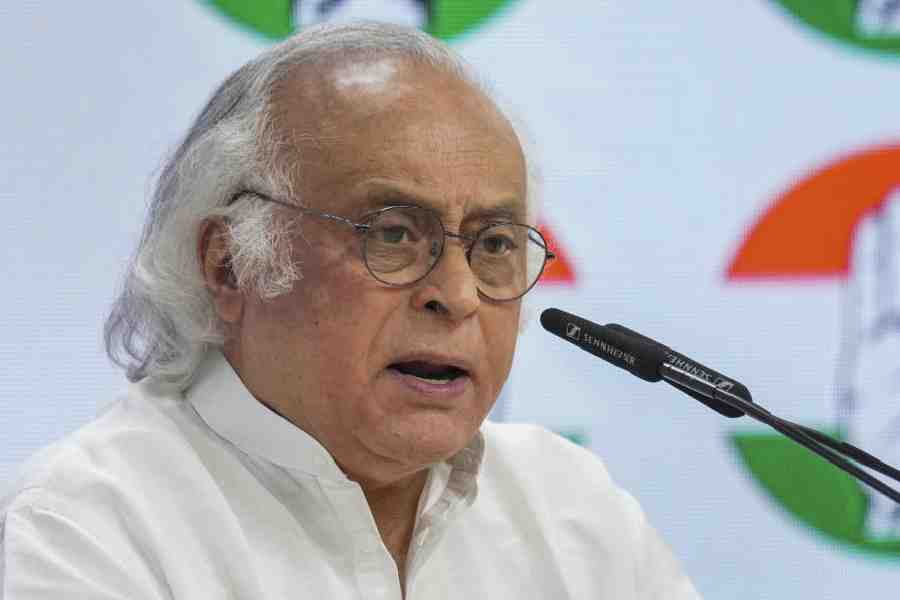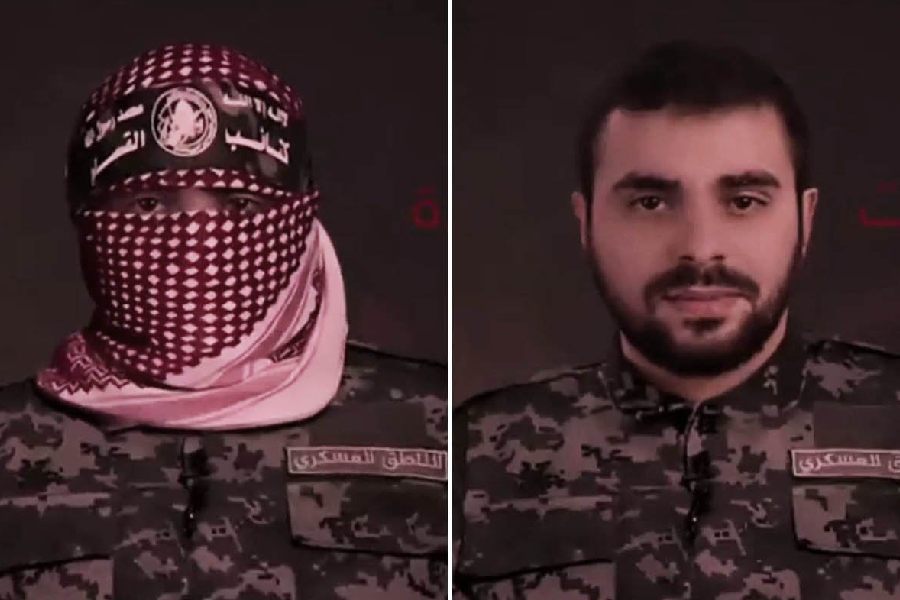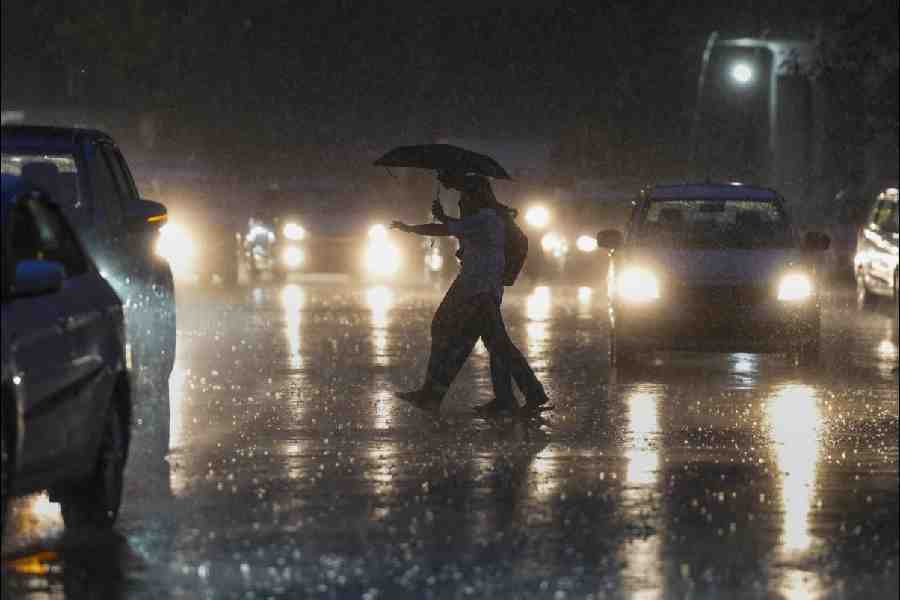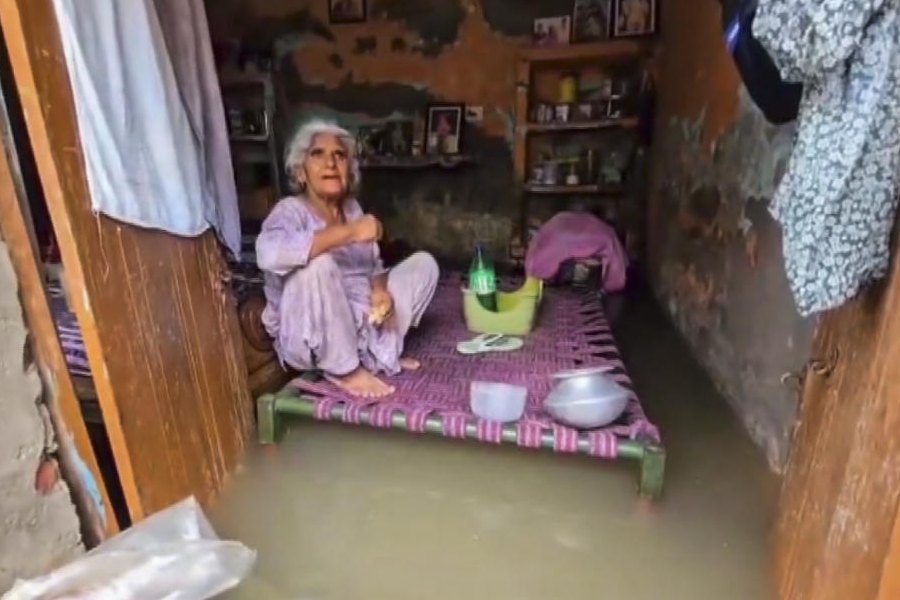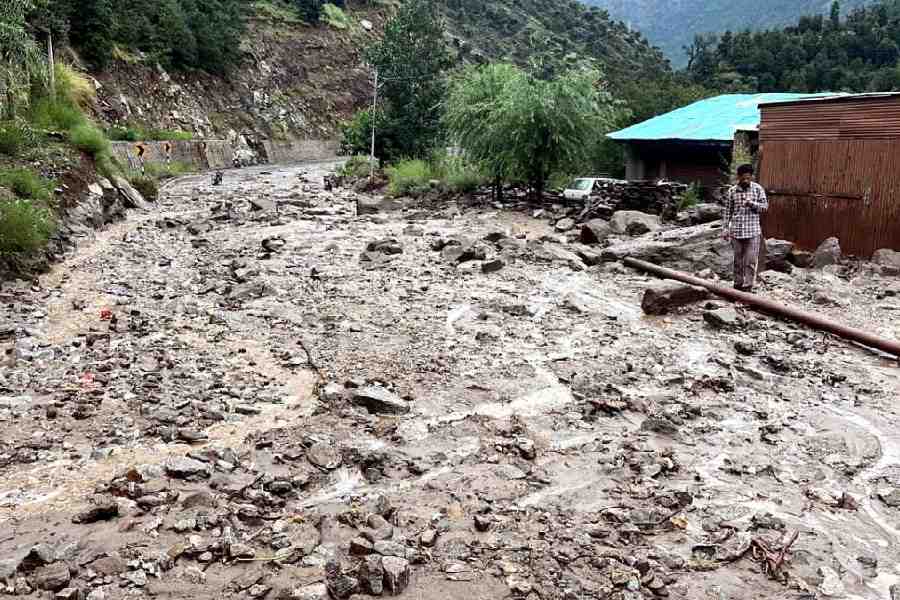Mumbai, May 6: Parizad Cama is breathing a lot easier nowadays. If all goes well, she can again call herself a Parsi.
Even a few days back, Cama — born of a Parsi father and Punjabi mother — wasn’t sure if she could anymore.
Her optimism springs from a recent announcement by three of the seven high priests of the community that their earlier decree against mixed marriages “should not be viewed as a fatwa”.
The announcement in the community’s weekly magazine, Jam-e-Jamshed, comes as a huge relief to children of mixed Parsi parentage who were facing an identity crisis after a “resolution”, signed by the seven high priests earlier this year, banned mixed marriages. In that resolution, the dasturjis — as the high priests are called — had said children born of such unions will not be taken into the community’s religious fold.
Dasturji Kaikhusroo M. Jamaspasa, Dasturji Firoze Meherji Kotwal and Dasturji Noshirvan Dastur Manchershaw have now given a fresh twist to the mixed marriage controversy, though there has to be consensus among all the seven priests to give the new resolution some sort of currency.
The three priests have said that the status of children of Parsi-Zoroastrian fathers married to non-Zoroastrian women “should continue as per the established practice and legal convention. Therefore, if a Parsi/Irani Zoroastrian man marries outside the community, then his children are to be treated as Parsi/Irani of race and Zoroastrian of religion”.
But the children will be considered so “only if they have been duly admitted into the faith through a traditional ‘navjote’ ceremony performed by an ordained priest”. This is provided the “Zoroastrian father of such children has married as per the civil law of the land and has not undergone a marriage ceremony involving the rituals of another faith”.
Parsis, who number about 50,000 in Mumbai, were a divided lot when the dasturjis had said earlier this year that they had decided to ban mixed marriages and that children of such unions would effectively remain outside the community’s social and religious umbrella.
The decision, the priests said, had been taken after much deliberation and keeping future interests of the dwindling community in mind.
People like Jamshid Dastur, a software engineer, had reacted with shock, saying such orthodoxy would only divide and further weaken the tiny community.
Today, Jamshid said the new thinking within a section of the Parsi priesthood was like a gale of fresh air, but added that there were “many more things that needed to be clarified and reconciled to”.
“I don’t know how you can sustain a community if you ban its members from marrying outside,” Jamshid said. “In fact, mixed marriages should be encouraged. Hasn’t insularity gone against many exclusivist communities.”
The three priests have, however, cautioned that the leeway they have given should not be seen as a social sanction to go forth and multiply with others not of the Parsi faith.
“Our intentions were to set out some guidelines for the community members,” the priests said, clarifying their earlier decree. “And we would still like to reiterate that in the long-term interests of the identity of our community, inter-marriage should not be encouraged for the survival of our community and for the preservation of our religion.”
But for most Parsis, the latest announcement signals welcome winds of change. “We were not just very unhappy at what the dasturjis had said earlier. We were also very worried,” said Cama.
“All my life I have lived and interacted socially as a Parsi, though my mother is a Punjabi from Karnaal, and suddenly these priests say I am not a Parsi anymore. I was not just shocked and hurt, I was also very angry. I just hope things don’t complicate for us any further.”


